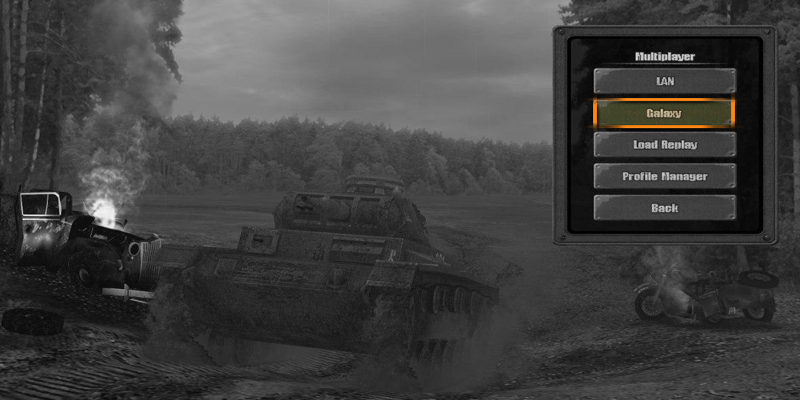
Luther based his translation largely on the already developed language of the Saxon chancery, which was more widely understood than other dialects and as a Central German dialect, was felt to be "half way" between the dialects of the north and south.

Martin Luther's translation of the Bible in 1522 was an important development towards an early standardization of written German. Standard German originated not as a traditional dialect of a specific region but as a written language developed over a process of several hundred years in which writers tried to write in a way that was understood in the largest area. 9 Loanwords from Standard German to English.4 Continuum between Standard German and German dialects.Adherence to those standards by private individuals and companies, including the print and audio-visual media, is voluntary but widespread. It is similar to the formal German spoken in and around Hanover. Regarding the pronunciation, although there is no official standards body, there is a long-standing de facto standard pronunciation ( Bühnendeutsch), most commonly used in formal speech and teaching materials. Adherence is obligatory for government institutions, including schools. Regarding the spelling and punctuation, a recommended standard is published by the Council for German Orthography which represents the governments of all majority and minority German-speaking countries and dependencies. It is a pluricentric Dachsprache with three codified (or standardised) specific regional variants: German Standard German, Austrian Standard German and Swiss Standard German. Standard High German (SHG), less precisely Standard German or High German (not to be confused with High German) ( German: Standardhochdeutsch, Standarddeutsch, Hochdeutsch or, in Switzerland, Schriftdeutsch), is the standardized variety of the German language used in formal contexts and for communication between different dialect areas.


(Orthography regulated by the Council for German Orthography)


 0 kommentar(er)
0 kommentar(er)
